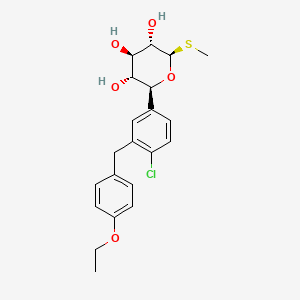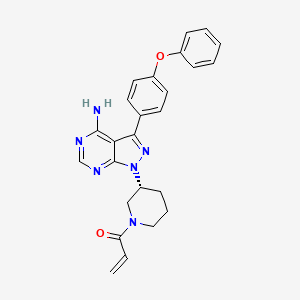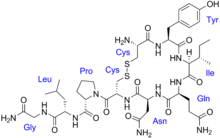The U.S. Food and Drug Administration (FDA) has accepted Sanofi's regulatory filing for Zynquista (sotagliflozin). The investigational oral treatment would be used in addition to insulin therapy to improve blood sugar control in adults with type 1 diabetes.
"If approved, Zynquista would be the first oral antidiabetic drug approved in the U.S. for use by adults with type 1 diabetes, in combination with insulin." says Jorge Insuasty, Senior-Vice President, Global Head of Development, Sanofi. "We look forward to working with the FDA through the review process with a view towards bringing this investigational medicine to adults with type 1 diabetes in the U.S."

Developed in partnership with Lexicon Pharmaceuticals, Inc., Zynquista is an investigational oral dual inhibitor of SGLT-1 and SGLT-2, proteins that influence how the intestines and kidneys absorb and eliminate sugar (glucose) resulting in improved glucose control and additional clinical benefits.
"After decades of little change and innovation, the treatment of type 1 diabetes has begun to shift significantly and, if approved, our dual SGLT-1 and SGLT-2 inhibitor, Zynquista, would be the first approved oral therapy used in combination with insulin to improve glycemic control and patient outcomes for adults in the United States who are living with type 1 diabetes," said Pablo Lapuerta, M.D., executive vice president and chief medical officer, Lexicon. "The acceptance of the NDA filing moves us closer to providing a meaningful option for people with type 1 diabetes and we look forward to continuing to work closely with the FDA during the review process."
The FDA New Drug Application for sotagliflozin is based on data from the inTandem clinical trial program which includes three Phase 3 clinical trials assessing the safety and efficacy of Zynquista in approximately 3,000 adults with inadequately controlled type 1 diabetes.1–3 The safety and efficacy data have not yet been evaluated by any regulatory authority.
The target FDA action date under the Prescription Drug User Fee Act (PDUFA) is anticipated to be March 22, 2019. Sanofi also submitted a regulatory application to the European Medicines Agency earlier this year.







